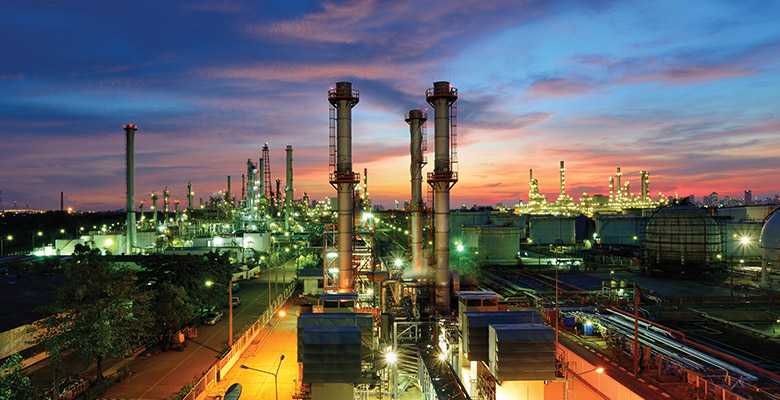Main Industrial Regions of Europe
Europe has long been a hub of industrial activity, with its regions playing crucial roles in the global economy. The continent’s industrial landscape is characterized by a blend of traditional manufacturing sectors and advanced technology industries. Below, we explore some of the main industrial regions of Europe that continue to drive economic growth and innovation.
The Ruhr Valley, Germany
The Ruhr Valley in western Germany is one of Europe's most prominent industrial regions. Historically, it was known for its coal mining and steel production, which were the backbone of Germany’s industrial might in the 19th and 20th centuries. Although coal mines have largely closed down, the Ruhr Valley remains a vital industrial hub, transitioning to advanced manufacturing, chemical industries, and engineering. The region is home to major companies like ThyssenKrupp and Siemens, and it continues to be a center for innovation in industrial technologies.
Learn more about European Industry and Innovations here: https://euro-industry.org/arti....cles/innovation-in-e
Lombardy, Italy
Lombardy, located in northern Italy, is the country’s economic powerhouse and one of Europe’s richest regions. Milan, the capital of Lombardy, is a leading global city in finance, fashion, and design. The region's industrial activities are diverse, ranging from heavy machinery and automotive production to textiles, chemicals, and pharmaceuticals.
Île-de-France, France
Île-de-France, with Paris at its heart, is the most significant industrial region in France and a major economic center in Europe. The region is known for its high concentration of industries, particularly in aerospace, automotive, electronics, and luxury goods. Companies like Airbus, Renault, and LVMH have their headquarters or major operations in Île-de-France. The region also excels in research and development, with numerous technology parks and research institutions contributing to innovation in various sectors.
Silesia, Poland
Silesia, located in southern Poland, is one of the country’s most important industrial regions. Traditionally known for its coal mining and heavy industry, Silesia has evolved to include a wide range of industrial activities. The region is now a center for automotive production, electronics, and chemical industries. Silesia's strategic location in Central Europe, well-developed infrastructure, and competitive labor market have attracted significant foreign investment, making it a key player in European manufacturing.
Conclusion
Europe’s industrial regions are diverse and highly developed, each contributing uniquely to the continent’s economic strength. As Europe faces new challenges and opportunities in the global economy, these industrial regions will remain critical to the continent's future prosperity.
